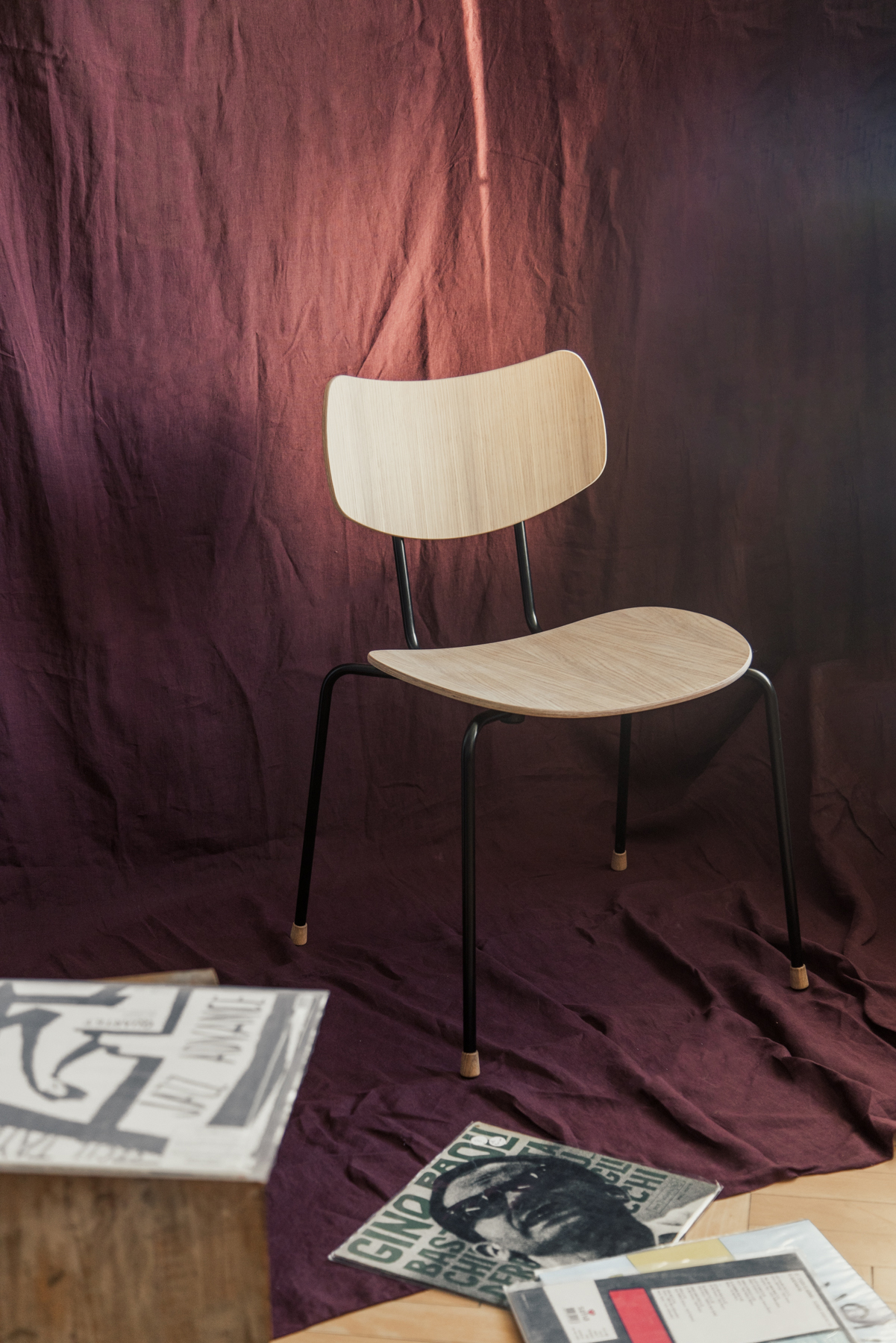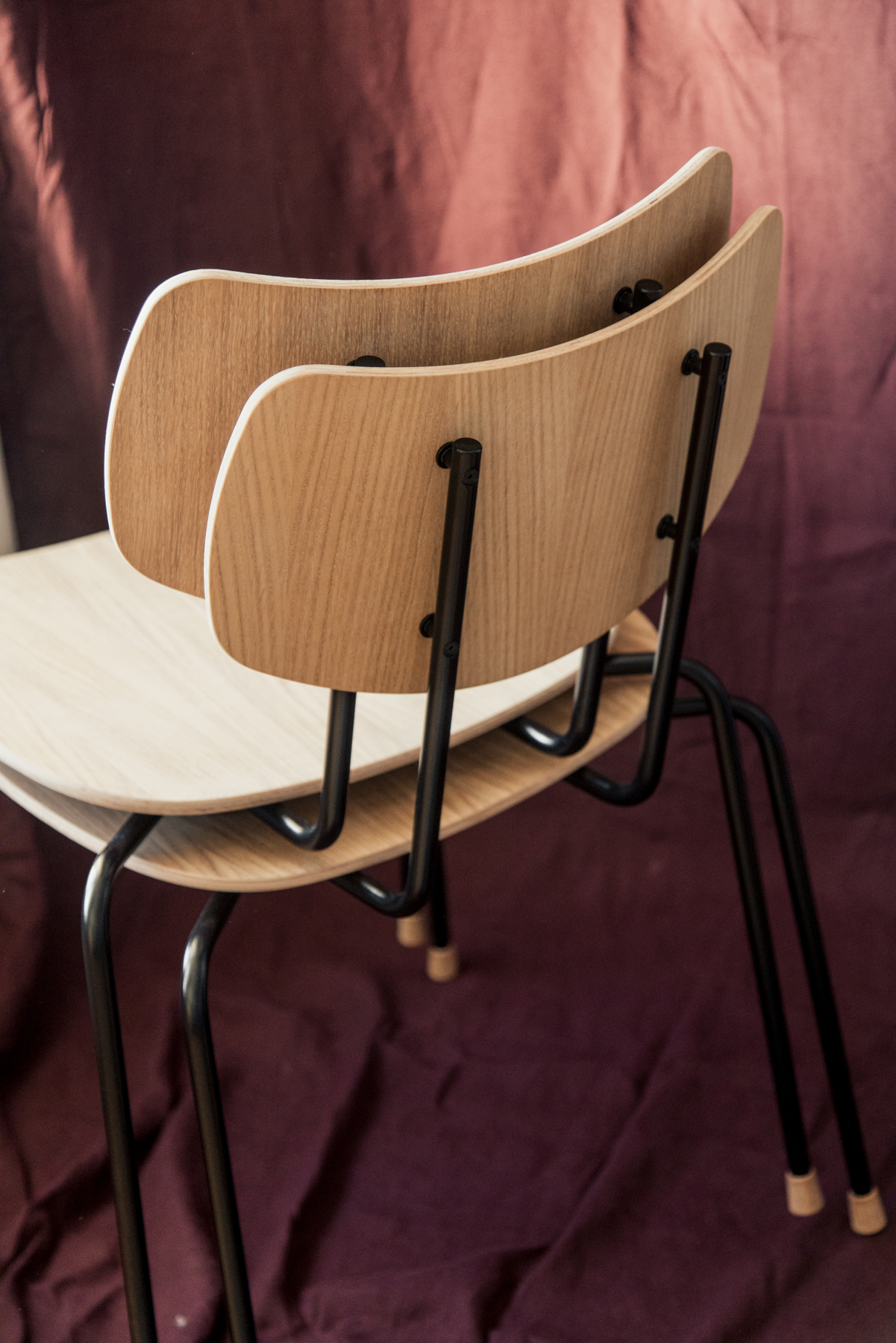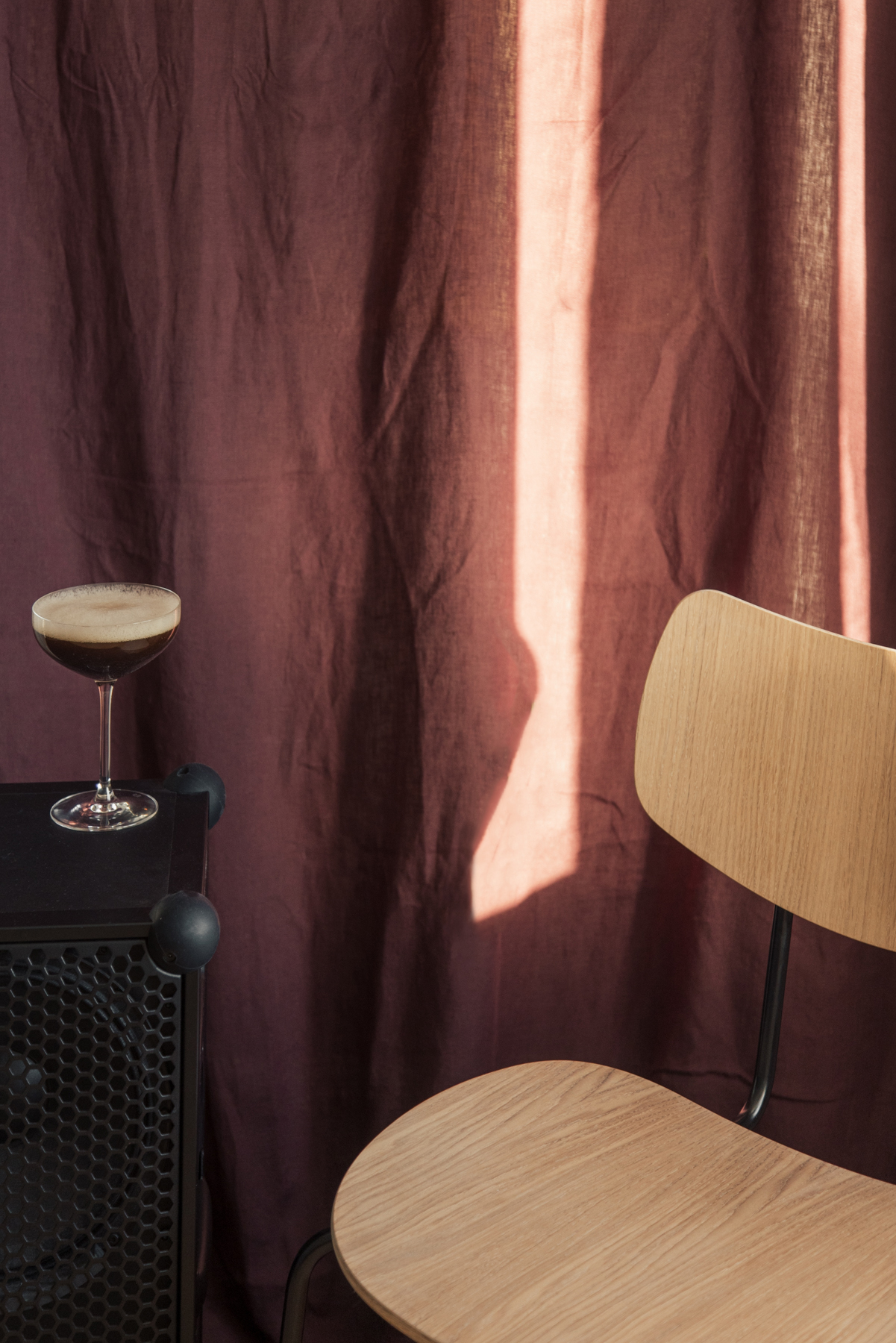| In partnership with |  |
In 1956, Folkets Hus (“The People’s House”) was created as a meeting and event space for the labor movement. Danish architect and designer Vilhelm Lauritzen designed everything from the building itself to the furniture, including the stackable VLA26 Vega Chair.
In 1996, the space was reimagined as Vega, a concert hall where some of the most exciting and anticipated musical acts that come to Copenhagen. Vega is known for its intimate settings in both the larger and smaller stages (known as “Stor Vega” and “Lille Vega,” respectively). The VLA26 Chair continues to be used in this new iteration, proving that Lauritzen’s focus on functionalism has endured through this design.
Now, Carl Hansen & Son is producing the Vega Chair with a focus on having the chair in people’s homes, rather than having it simply used for event spaces. The upholstered versions (textile and leather are both available) are particularly attractive in a home setting, but upholstered or not, the chair is both simple and architectural in a way that easily integrates into any home. It is truly a perfect example of Danish functionalism.
We spoke with Anne Møller Sørensen, partner at Vilhelm Lauritzen Architects, about the re-release of the Vega Chair and how they’re reimagining the stackable, event chair for private homes:
The Vega Chair was originally created in 1956 as part of Lauritzen’s The People’s House, which is now Vega. What was the original intended purpose of the chair, and is that any different than how it is being used today?
The Vega chair is a stackable chair that has been used for events, dinners and concerts in the building since 1956. The original chairs have been in daily use since 1956, so they have proven to be durable designs.
 |  |
This is the first time the Vega Chair is being used outside of Vega. How do you see people using this chair?
It is a simple and very versatile stacking chair that can be used both in homes, offices and in public institutions. It is also an obvious chair for auditoriums, conference rooms and canteens, where the chairs can be easily set up and stacked after use.
The irony of a chair like the Vega is that it’s meant to be almost invisible; no one really remembers the chair from a great concert, right? How will that brief change when it becomes a chair that people can have in their homes?
We have redesigned the chair so that all parts can be easily replaced. The fact that it is designed to disassemble makes it possible to style the chair very personally, with different types of fabric and leather on both the seat and backrest.
Why do you think the Vega chair has endured all these years?
For me, the design itself is iconic with the slender frame and the organically shaped veneer shells. The design also has some fine details such as the small solid oak feet on the steel legs and the thin padded shells that outline the veneer shells.
The original chairs, which are still used in the listed building, have proven to be a very robust design.
 |  |
 |  |
Can you tell us about a time you were at Vega that is special to you?
This year we celebrate our 100th anniversary and therefore we held our own summer party for the employees in Store Vega – the largest venue.
The venue was decorated with round tables and lowered chandeliers, and there was a fantastic atmosphere in the intimate space, which exudes history and celebrations.
Specs for the VLA26P and VLA26T Vega Chairs
Height: 80 cm/31 inches
Seat height: 45 cm/17.7 inches
Width: 56 cm/22 inches
Materials: FSC-certified oak, powder-coated steel. Chairs are also available with textile or leather upholstery on the seat and backrest
Find out more and buy the Vega Chair.

